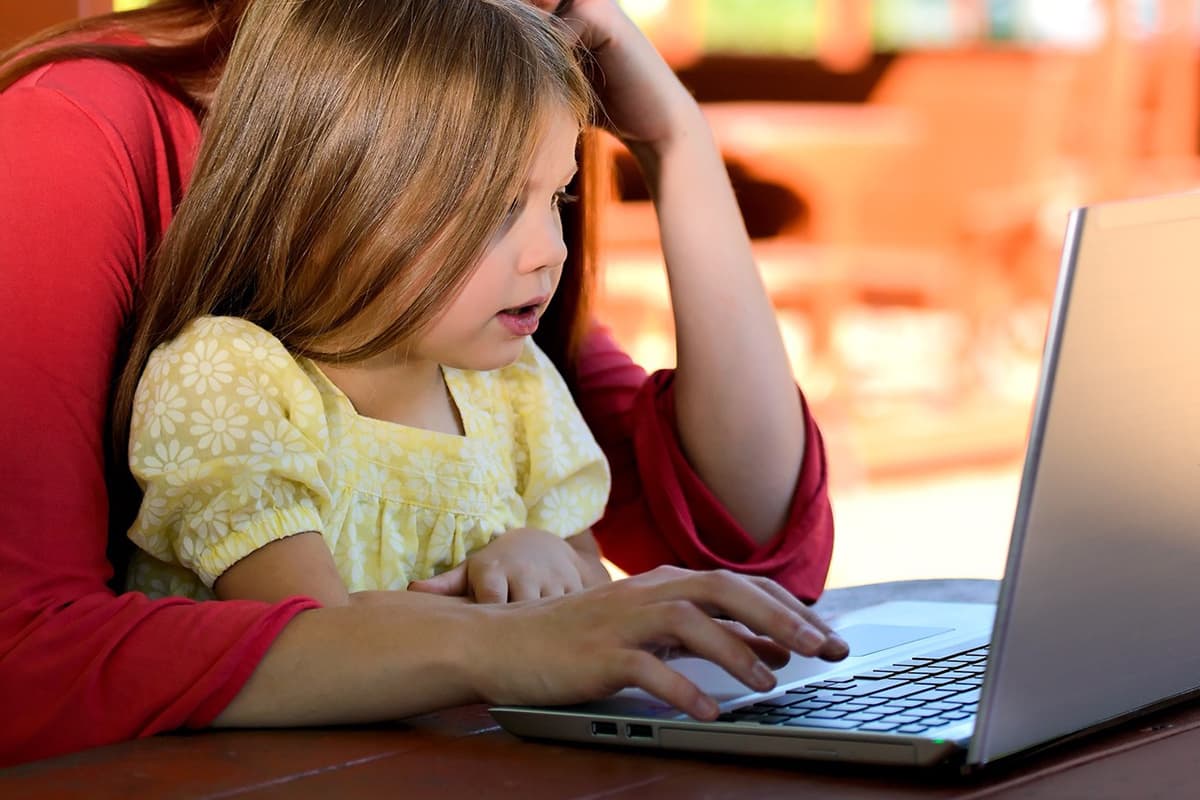Teaching Kids About Renewable Energy


As the state of our planet becomes more fragile every day, it becomes increasingly important to educate future generations about the many renewable energy options that are available. The children of today will grow up to be the leaders of tomorrow, and it is vital that these future decision-makers understand that there are many energy options beyond oil, coal, or fossil fuels. Fortunately, teaching kids about renewable energy can be a simple and fun addition to their science studies and will likely have a long-lasting effect on the way they view the world.

When you're teaching any subject, it's best to start with the fundamentals. Even if your own education had some holes in it when it came to alternative energy, it's easy to brush up on the basics of how renewable energy works so that you're prepared to confidently answer questions from inquiring young minds.
One of the main differences between renewable and non-renewable energy resources is that while non-renewable resources consume materials that have limited availability such as oil, coal, or fossil fuels, renewable resources use materials that either has unlimited availability or can be quickly re-grown. Non-renewable energy source materials are limited because they take thousands of years to produce, but renewable source materials often don't even consume the material and instead use it as a tool to create power.
Renewable energy can be produced in many different ways, including:
Now that you have an understanding of the basic mechanics of the most common renewable energy sources, you can have lots of fun teaching your kids. Keep reading for ideas and resources to help them not only learn about these concepts but also understand their shared human responsibility as caretakers of the Earth.
One of the best ways to learn anything at any age is hands-on, but this method is especially effective for engaging the huge imaginations and short attention spans of young children. A simple Google search or flip through a grade school science book reveals many science projects and experiments that help renewable energy concepts come alive, but here's a couple to get you started:
If your kids are in upper elementary or middle school, consider taking them on a field trip to a wind farm, solar energy installation company, or another place where renewable energy is produced. They can see the equipment first-hand and have any questions answered by a professional. If you're trying to figure out how kids can learn about solar energy in more depth, you can look for resources such as Sullivan Solar Power's Solar Academy that explains solar energy in an easy-to-grasp way that includes some technical terminology. The National Education Association also provides a collection of lesson plans and other strategies for exploring renewable energy.
Teaching kids about renewable energy is incredibly rewarding because you are giving them an effective way to protect our most valuable resource - the planet. If you're worried that you don't know enough yourself to teach them, don't let that stop you. There are lots of resources out there to help guide you, and you and your child can learn together as you take this important step toward caring for the natural world.